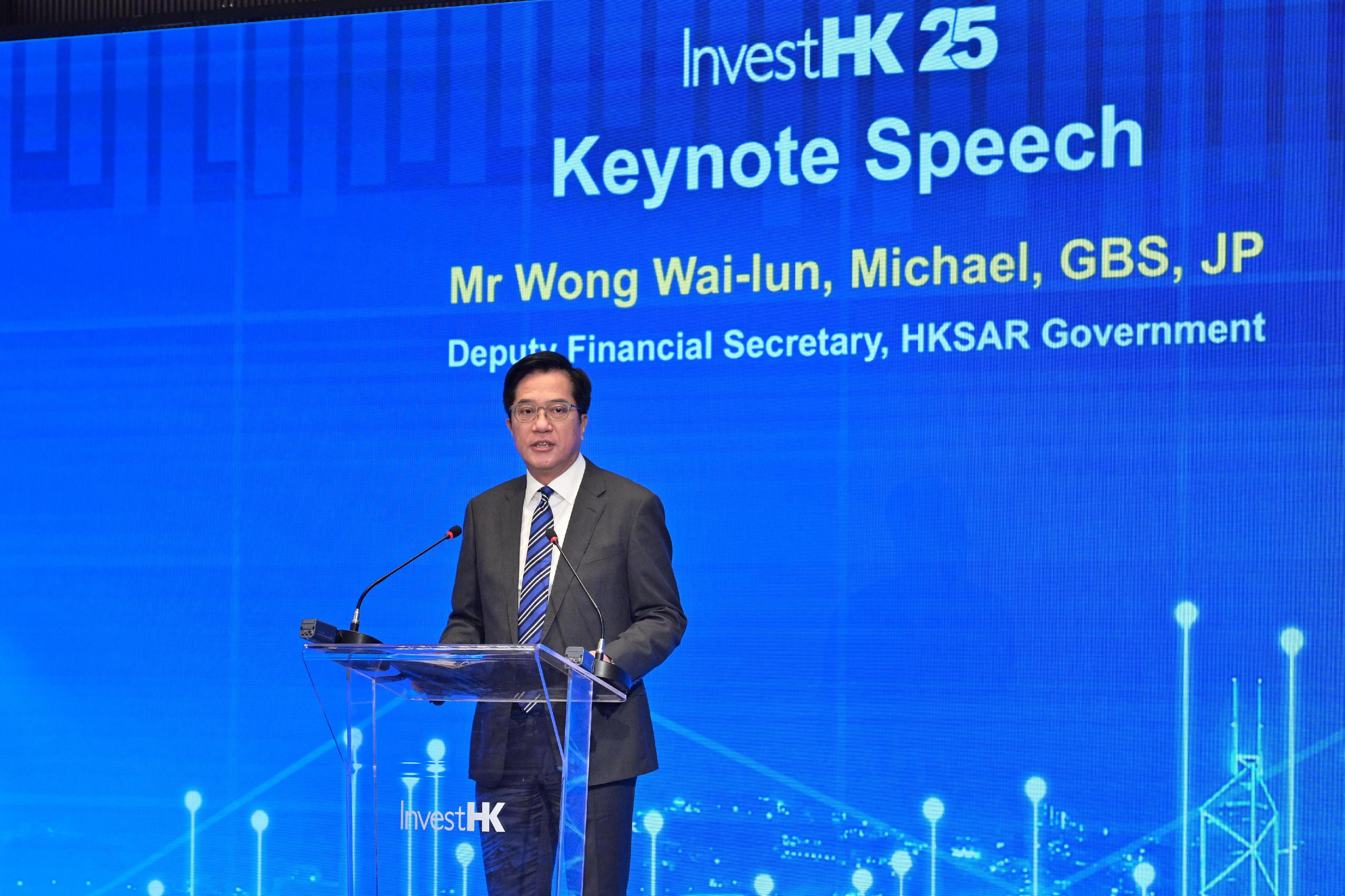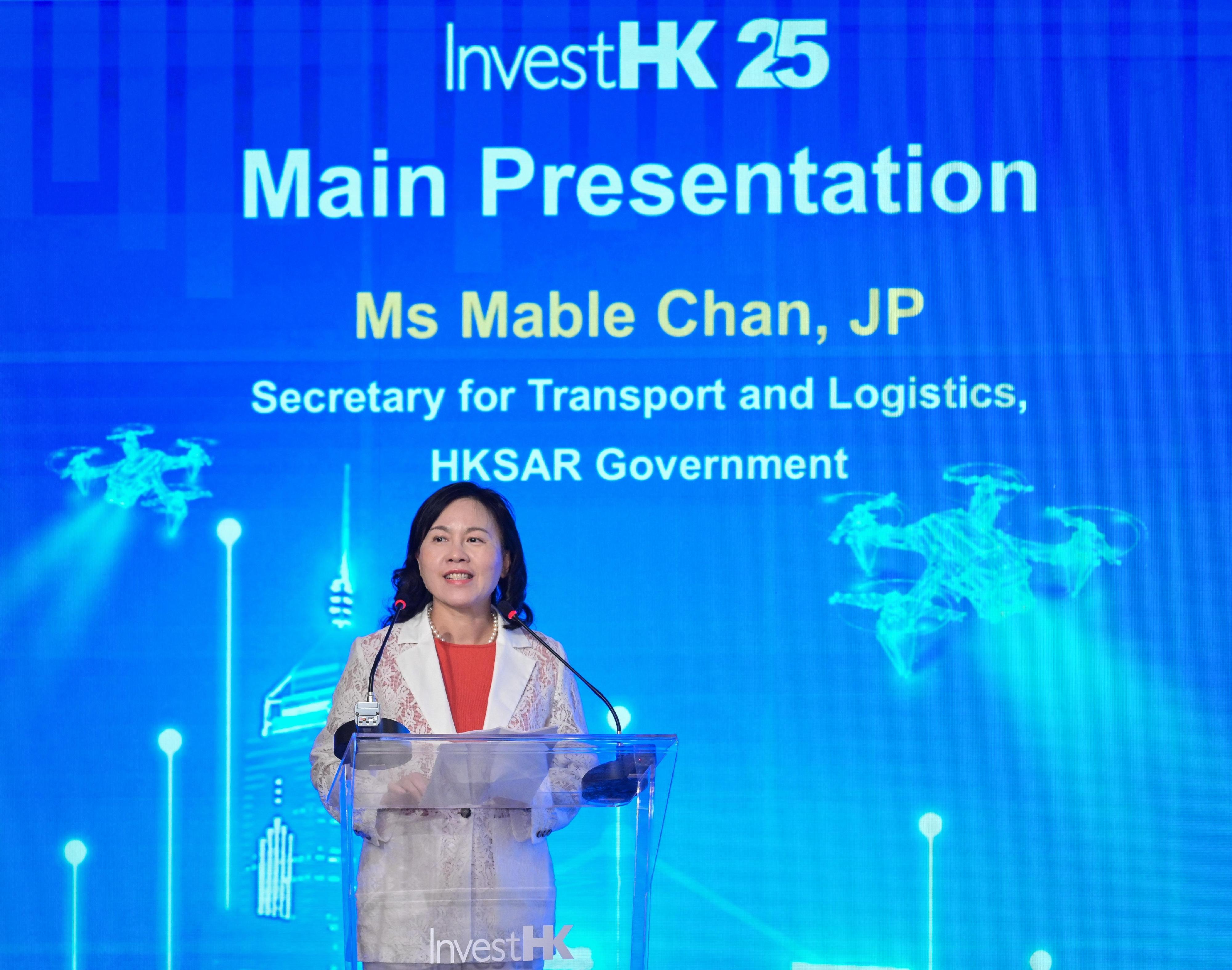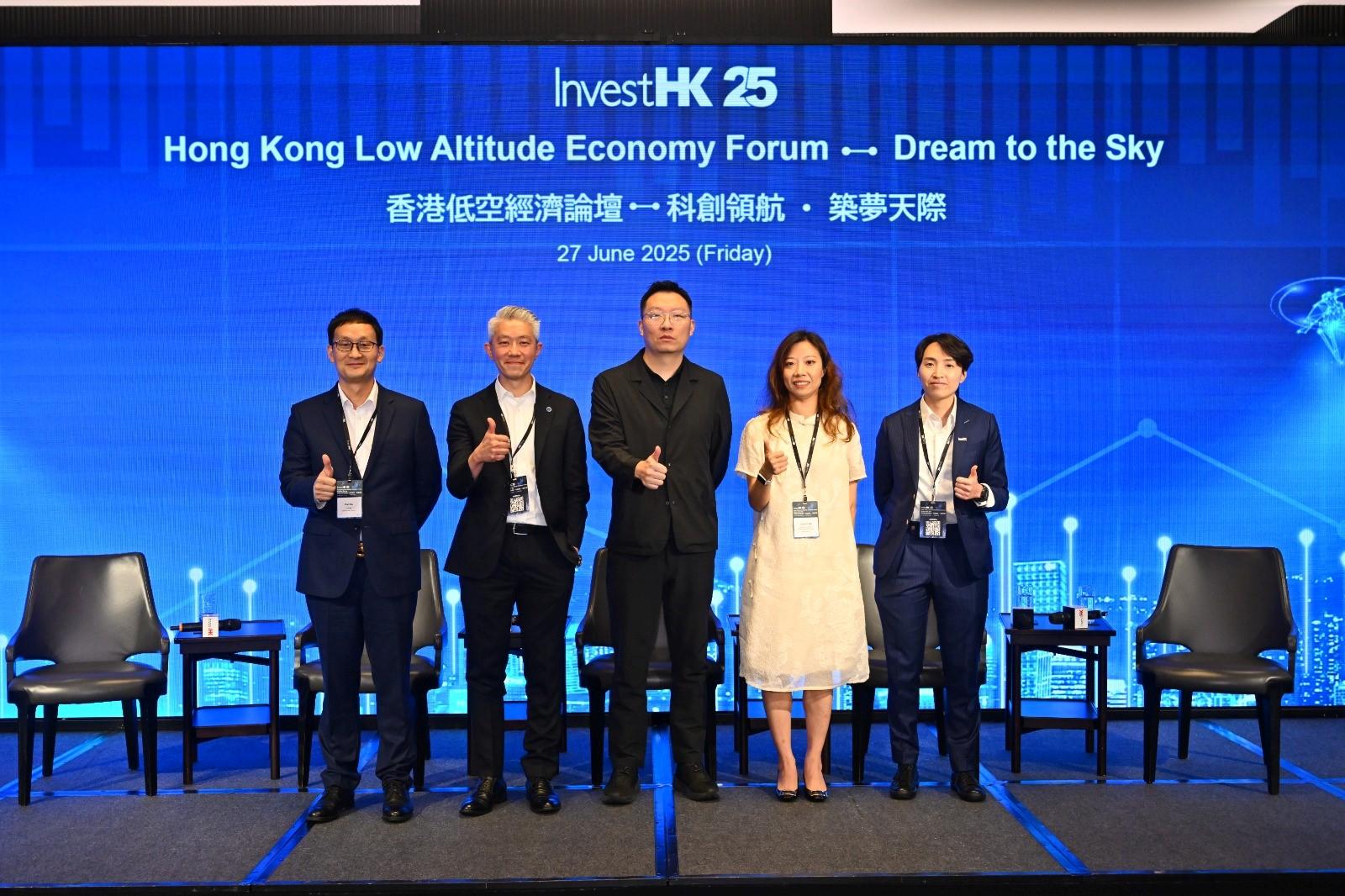
The next stage in developing a low-altitude economy (LAE) in Hong Kong will involve legislative amendments and to civil aviation regulations that allow higher-payload and passenger-carrying unmanned aerial systems, panelists said at Invest Hong Kong’s inaugural Hong Kong Low Altitude Economy Forum.
Themed “Dream to the Sky", the Hong Kong LAE Forum, hosted by the Hong Kong Special Administrative Region government’s investment promotion agency on Friday, gathered over 250 local and international stakeholders to explore the policy direction, technological development and application prospects of the LAE.
Speaking at the forum, Deputy Financial Secretary Michael Wong Wai-lun, who chairs the government’s working group on developing the LAE, said the sector has strong synergy with other economic sectors. He said the LAE can stimulate growth and drive positive changes, and the administration will act as a facilitator and enabler in developing it.
ALSO READ: Collaboration forged to promote HK’s low-altitude economy
“Before the amendment, the Small Unmanned Aircraft (SUA) Order (Cap. 448G) regulates SUA operations, which weigh up to 25 kilograms. To further bolster the application scenarios for LAE flying activities, the current SUA Order shall be amended to cover unmanned aircraft weighing more than 25 kg but not more than 150 kg,” InvestHK’s head of innovation and technology Andy Wong said on the sidelines of the forum.
The Small Unmanned Aircraft (Amendment) Order 2025 was gazetted in May, and seeks to facilitate the development of the LAE by extending the existing regulatory regime to cover SUA weighing over 25 kg but not exceeding 150 kg.

“For manned or unmanned aircraft carrying passengers in LAE flying activities, the administration needs to draft new and customized legislation under the Civil Aviation Ordinance (Cap 448) to cover different types of LAE flying activities over 150 kg that is in line with international best practices,” Wong added.
ALSO READ: Development of HK’s low-altitude economy needs to be accelerated
The forum also featured updates on multiple policy initiatives including the launch of the first batch of regulatory sandbox pilot projects.
“These projects cover emergency rescue, logistics, infrastructure inspection and surveillance that will shape the future of urban mobility, logistics, and public services. This demonstrates the remarkable versatility of low-altitude technologies and showcases how unmanned systems can solve unique urban challenges while creating new economic opportunities,” Secretary for Transport and Logistics Mable Chan said at the forum.

Wong said he expects the application scenarios for LAE flying activities under the second batch of the regulatory sandbox to include unmanned food delivery services, emergency rescue and transportation of medical supplies.
READ MORE: Official: Low-altitude economy to further drive I&T growth in HK
The LAE, which refers to economic activities in airspace generally below 1,000 meters, presents a wide array of application scenarios including rescue, surveys and delivery of goods and passengers.
The LAE is one of the key policy initiatives announced in the 2024 Policy Address unveiled by Chief Executive John Lee Ka-chiu. The SAR aims to develop an LAE in Hong Kong through institutional innovation, technology implementation, and industry ecosystem building.


